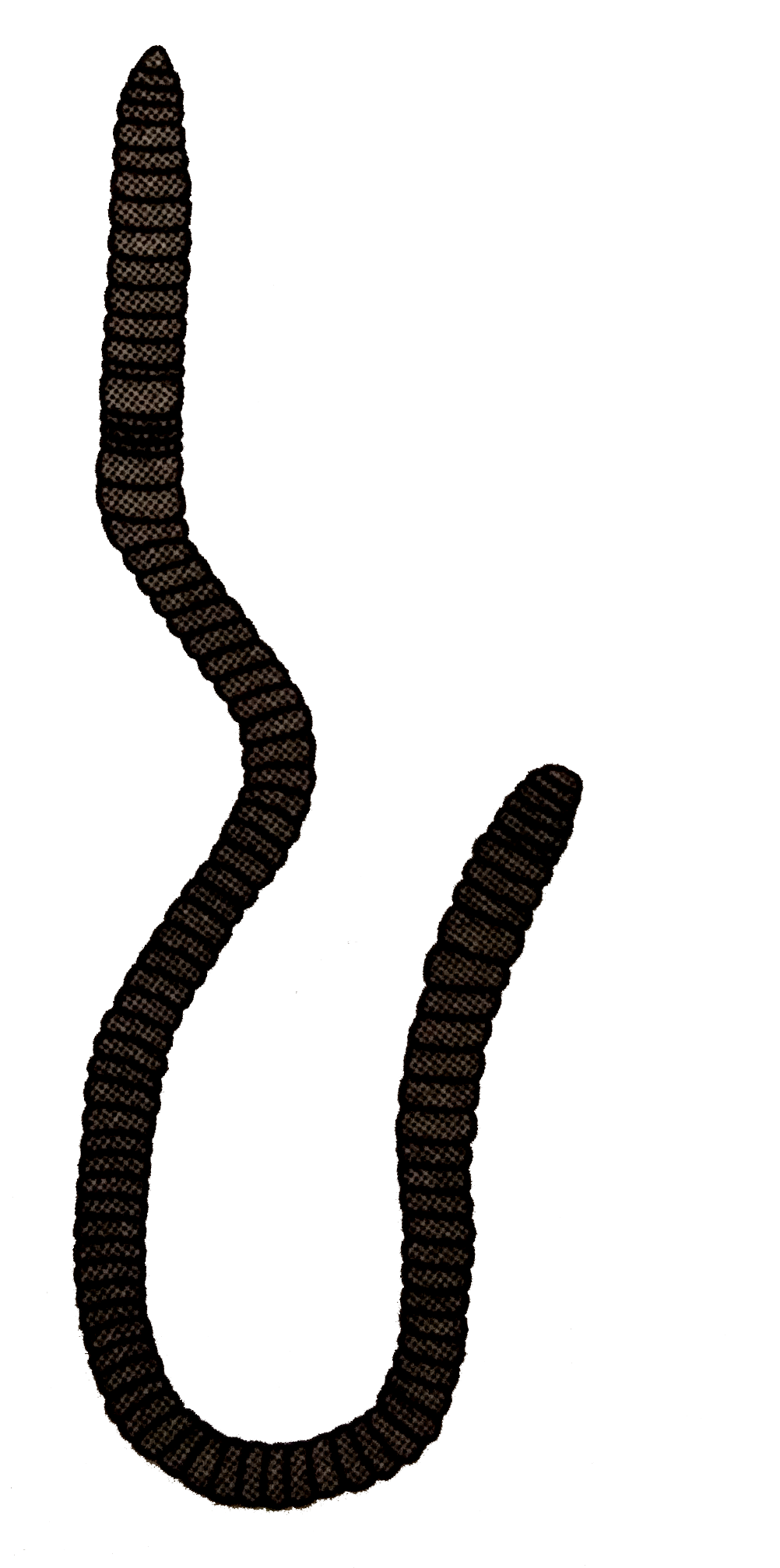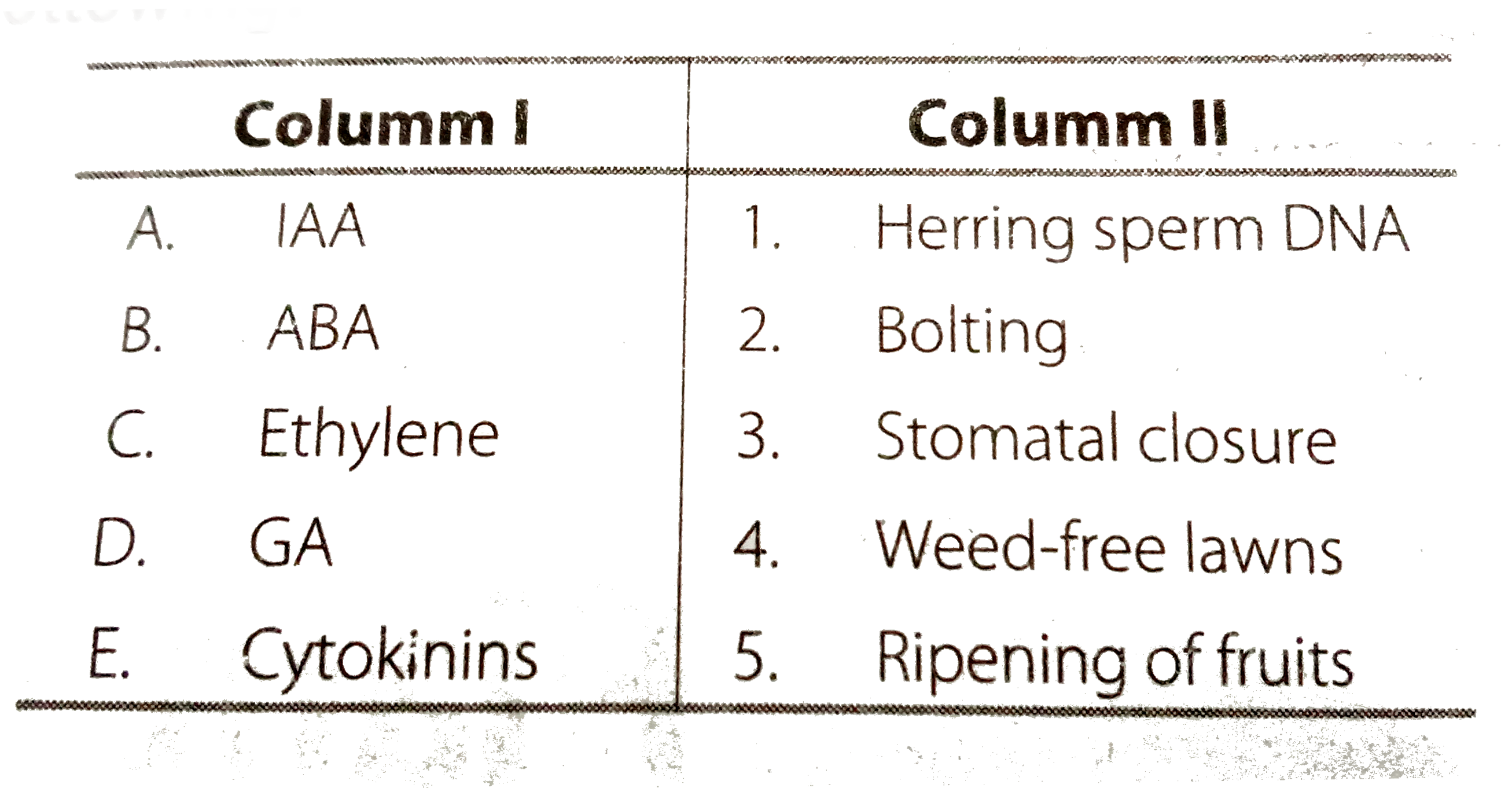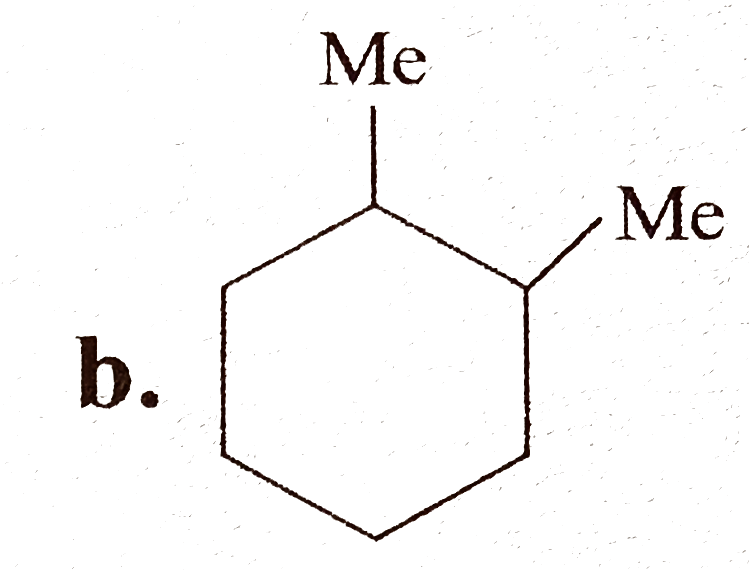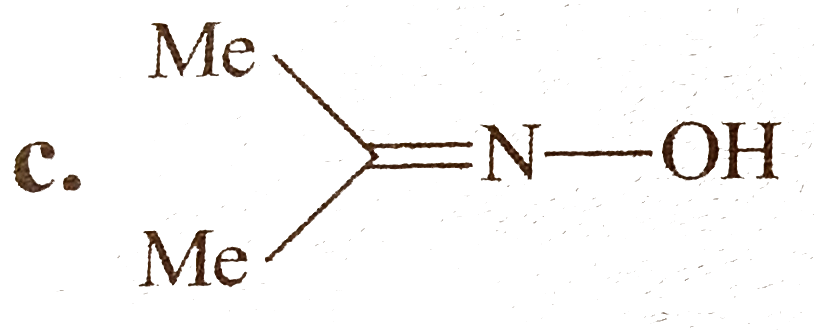Which of the following is diploblastic
(a) Fasciola
(b) Pheretima
(c) Palaemon
(d) Hydra
Fasciola
Pheretima
Palaemon
Hydra.
The correct Answer is:D
To determine which of the given organisms is diploblastic, we need to understand the concept of germ layers in animals. Here’s a step-by-step solution:
Step 1: Understand Diploblastic Organisms
Diploblastic organisms are those that have two primary germ layers:
- Ectoderm: The outer layer.
- Endoderm: The inner layer.
Step 2: Identify the Germ Layer Composition of Each Organism
Now, let's analyze the options provided:
- (a) Fasciola: This is a genus of parasitic flatworms, commonly known as liver flukes. They are triploblastic, meaning they have three germ layers: ectoderm, mesoderm, and endoderm.
- (b) Pheretima: This is a genus of earthworms. Like Fasciola, Pheretima is also triploblastic, possessing ectoderm, mesoderm, and endoderm.
- (c) Palaemon: This is a genus of shrimp. Palaemon is also triploblastic, having the same three germ layers: ectoderm, mesoderm, and endoderm.
- (d) Hydra: Hydra is a genus of small, freshwater organisms belonging to the phylum Cnidaria. They are diploblastic, having only ectoderm and endoderm.
Step 3: Conclusion
After analyzing the germ layer composition of each organism, we conclude that:
- Hydra is the only organism listed that is diploblastic.
Final Answer
The correct answer is (d) Hydra.
---
Diploblastic organisms are those that have two primary germ layers:
- Ectoderm: The outer layer.
- Endoderm: The inner layer.
Now, let's analyze the options provided:
After analyzing the germ layer composition of each organism, we conclude that:
- Hydra is the only organism listed that is diploblastic.
The correct answer is (d) Hydra.
Topper's Solved these Questions
- BOOK - DINESH PUBLICATION ENGLISHCHAPTER - COELENTERATA AND CTENOPHORA (OR CNIDARIA AND ACNIDARIA)EXERCISE - CYG10videos
COELENTERATA AND CTENOPHORA (OR CNIDARIA AND ACNIDARIA)
- BOOK - DINESH PUBLICATION ENGLISHCHAPTER - COELENTERATA AND CTENOPHORA (OR CNIDARIA AND ACNIDARIA)EXERCISE - CYG10videos
COELENTERATA AND CTENOPHORA (OR CNIDARIA AND ACNIDARIA)
- BOOK - DINESH PUBLICATION ENGLISHCHAPTER - CHROMOSOMAL BASIS OF INHERITANCEEXERCISE - Check Your Grasp57videos
CHROMOSOMAL BASIS OF INHERITANCE
- BOOK - DINESH PUBLICATION ENGLISHCHAPTER - DIGESTION AND ABSORPTIONEXERCISE - CYG10videos
DIGESTION AND ABSORPTION
Similar Questions
Knowledge Check
- Question 1 - Select One
Which of the following is incorrect fot Pheretima ?
 AGenitial papillae are present on 17th and 19th segmentBMale gentual pores are present on 18th segmentCClitellum is present on segments 24, 25 and 26DSegments of earthworm are called somites.
AGenitial papillae are present on 17th and 19th segmentBMale gentual pores are present on 18th segmentCClitellum is present on segments 24, 25 and 26DSegments of earthworm are called somites. - Question 2 - Select One
Which of the following have porous body and are diploblastic?
AAurelia and ObeliaBAdamsia and EuplectellaCLeucosolenia and SpongillaDSycon and Hydra - Question 3 - Select One
Which of the following has an ink gland?
(a) cuttlefish
(b) Hydra
(c) snail
(d) oysterAcuttlefishBHydraCsnailDoyster
Which of the following exhibits metagenesis
(a) Hydra
(b) Adamsia
(c) Aurelia
(d) ObeliaView SolutionWhich of the following is not meaningful? (a) XIV (b) XXXV (c) XXV (d) VX
View SolutionMatch the following

(a)
(b)
(c )
(d)View SolutionWhich of the following is an insect ?
(a) spider
(b) mite
(c) daphnia
(d) silverfishView SolutionWhich of the following is a fish?
(a) cuttlefish
(b) seahorse
(c) starfish
(d) silverfishView Solution





